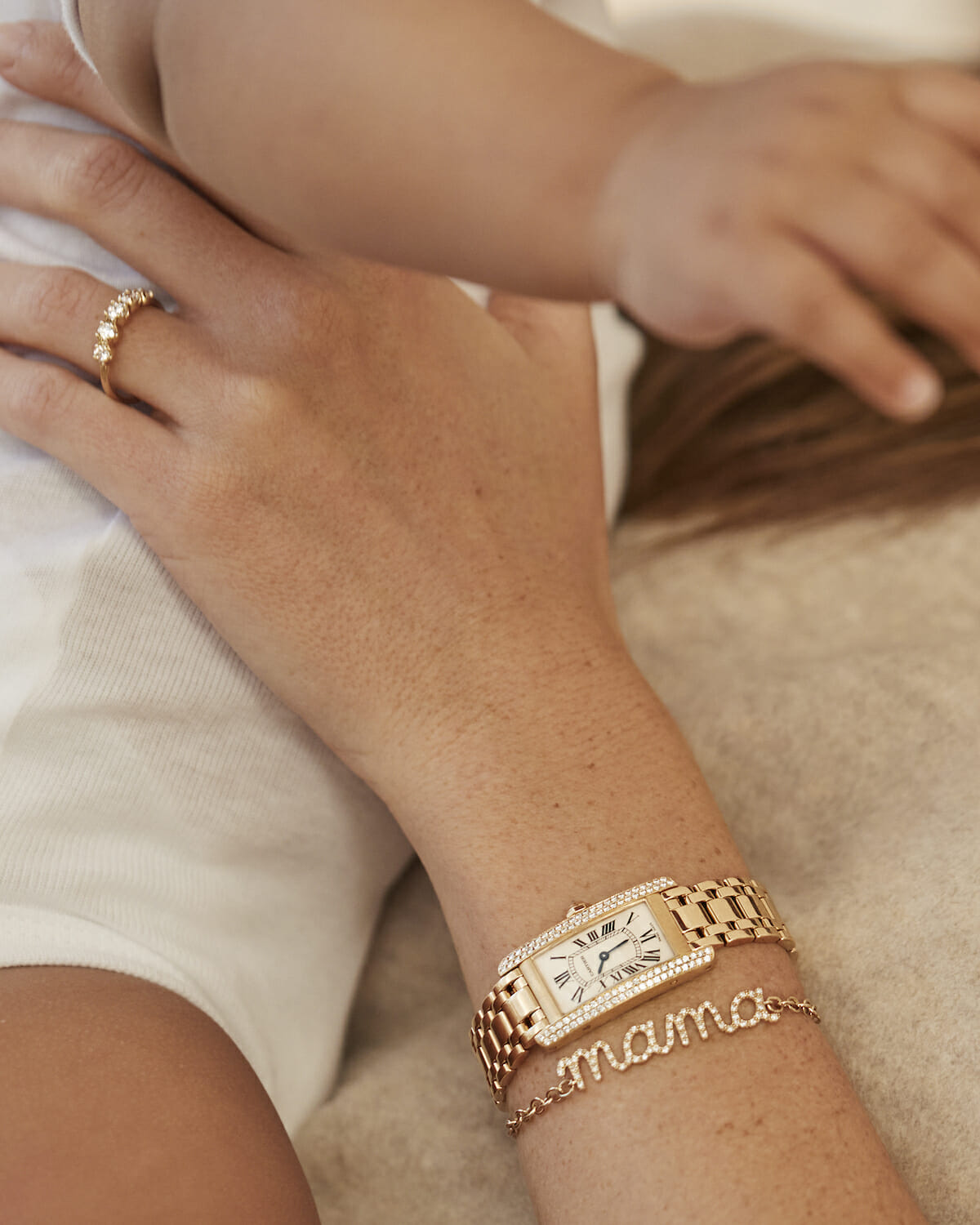DIAMOND FAQS
DIAMOND
INDUSTRY
FACTS
To address the myths and misconceptions about the diamond industry, the Natural Diamond Council conducted research to better understand the questions consumers have about the industry and to provide them with straight answers. You can also read the full report here.
Diamond Facts #1
Is it possible to tell a laboratory-grown diamond from a natural diamond?
Yes! Because they are mass-produced, laboratory-grown diamonds have distinct growth patterns that are easily detected using professional verification instruments.
Diamond Facts #2
Are natural diamonds ethically sourced?
Established over 20 years ago by the United Nations and World Trade Organization, the Kimberley Process (KP) governs that rough diamond trade is strictly regulated to ensure it is conflict-free.
Over 80 countries participate, requiring transparency, export/import controls, third-party audits, and conflict free certificates for all shipments. They can only trade with other KP participants. You can be confident that your natural diamond is conflict free, ethically sourced, and comes from one of the most regulated industries in the world.
Diamond Facts #3
Are all laboratory-grown diamonds sustainable?
No! The energy-intensive process requires temperatures near 20% of the Sun’s surface heat. With most production in China and India, where coal powers the grid, a simplistic ‘green’ claim is not valid and is misleading.
Diamond Facts #4
How are laboratory-grown diamond prices trending?
Dropping! In less than a decade, the price of a 1.5-carat laboratory-grown diamond has dropped over 80% and continues to drop.
Diamond Facts #5
Are natural diamonds rare?
Yes! The annual global recovery of all natural diamonds 1 carat and above would fill just one exercise ball. The annual global recovery of 5-carat diamonds would only fit into one basketball.
Diamond Facts #6
What is the natural diamond industry doing to reduce its carbon footprint and protect biodiversity?
The natural diamond industry is committed to decarbonize in line with global climate goals. Major diamond mining companies aim for carbon neutrality by 2030 and target net zero emissions by 2050.
Modern global diamond industry uses land that equates to the size of New York City and protects and conserves biodiversity over 4X this size.
Diamond Facts #7
Do natural diamonds benefit the countries they come from?
Yes! The natural diamond industry supports 10 million people worldwide. Up to 80% of rough diamond value stays within local communities through jobs, local purchasing, investment in infrastructure such as schools and hospitals, and social programs including free education and premier healthcare. In Botswana, it has enabled free education for all primary-age children, with enrollment rising from 100 pupils in 1996 to 89,856 in 2022.
Diamond Facts #8
How do I know whether I’m purchasing a natural or a laboratory-grown diamond?
Disclosure and Diamond Grading Reports! Sellers are mandated to disclose what type of diamond they are selling. Diamond reports must clearly classify whether the diamond is a laboratory-grown or a natural diamond.
To note: The word ‘diamond’ on its own always refers to natural diamonds.
Diamond Facts #9
Is it true the industry stockpiles diamonds to drive-up prices?
No! Inventories of natural diamond producers fluctuate beacause, unlike other industries, the recovery of this precious and finite natural resource is such that it cannot automatically adjust to match supply with demand.
Diamond Facts #10
Is it true the conditions for the workforce in the natural diamond industry are poor and unsafe?
No! The major diamond mining companies adhere to top global standards, hiring 99% locally, with women making up one-third of the workforce. Employees earn 6x above thier natural averages and receive premium healthcare, education, and other important wellbeing benefits.
Large-scale, modern operations prioritize safety first, with incident rates far below other sectors such as retail and other comparable mining operations.
Diamond Facts #11
Are natural diamonds traceable?
Yes! The natural diamond industry is advanced in traceability initiatives, using blockchain and other cutting-edge technologies to bring transparency to its supply chains.











